If your car judders when changing gears, there's a foul smell you can't place, and it refuses to accelerate even though the revs are climbing, a faulty clutch is likely to blame. So, what should you do next, and how much will the repair cost? This article breaks it down for you.
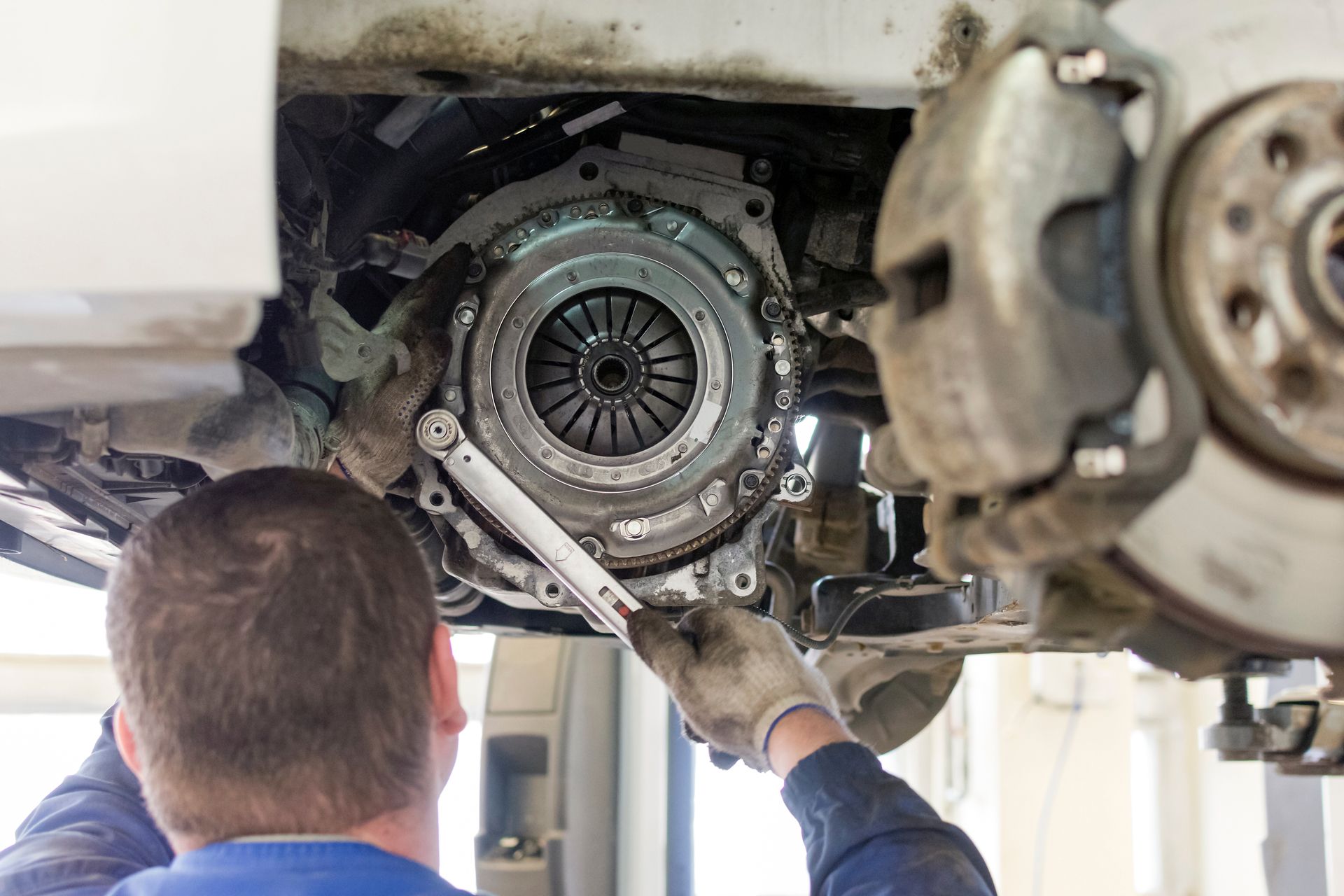
If your car judders when changing gears, there’s a foul smell you can’t place, and it refuses to accelerate even though the revs are climbing, a faulty clutch is likely to blame. So, what should you do next, and how much will the repair cost? This article breaks it down for you.
How often should you replace a clutch?
The clutch is a crucial component in any vehicle with a combustion engine. Estimating its lifespan can be tricky as it largely depends on the quality (vehicle make and model) and your driving habits. Under normal use, you usually won’t need to worry about the clutch for 200,000–300,000 km, far outlasting other parts. Some cars over 20 years old still run on their original clutch. Meanwhile, components like the battery or brake pads often need replacing within just five years.
However, drivers who make habitual mistakes behind the wheel could wear out their clutch after only a few tens of thousands of kilometres. What should you avoid? The most common causes of excessive clutch wear include:
- Driving with the clutch half-engaged,
- releasing the clutch too quickly,
- revving the engine excessively when pulling away (causing the clutch to overheat),
- not fully depressing the clutch pedal when changing gears,
- starting with squealing tyres,
- starting with the handbrake engaged.
Even with careful driving, you might find yourself needing to replace a faulty clutch in a new car. This is often due to installation or manufacturing defects. Clutches can also suffer damage if fluids like oil leak into the system.
Symptoms of a worn clutch
A worn clutch comes with some telltale signs. You’ll likely need to repair or replace it if you notice:
- the car doesn’t accelerate even as the revs rise (a slipping clutch),
- strange noises coming from the gearbox area,
- the gearstick vibrates heavily while driving,
- the car judders during gear changes,
- the first and reverse gears are difficult to engage.
You might also notice a distinctive burning smell in the cabin, especially if you rev the engine with the clutch engaged. This indicates the clutch disc is overheating, which can cause damage.
Brake fluid replacement and bleeding the clutch vs clutch replacement
Replacing a clutch is a demanding and often expensive repair. Fortunately, many issues can be resolved without needing to replace the clutch. Start by identifying the underlying cause. Difficulty shifting gears (especially into first or reverse), odd noises, and a poorly functioning pedal (too slow or too quick) could also point to a clogged hydraulic system.
Try bleeding the clutch, ideally combined with a brake fluid change. This repair typically costs about €100. Bleeding the system alone usually costs no more than €40. If the clutch master cylinder needs replacing (due to leaks), expect costs including labour to reach up to around €1,000.
How much does it cost to replace a clutch?
If the clutch is indeed damaged, brace yourself for significant costs. Depending on your car model, expect to pay between €400 and €1,800 for parts and labour. For older cars with a dual-mass flywheel, clutch replacement might not even be worth it.
It’s technically possible to replace the clutch yourself, but it’s far trickier than an oil change. In most cases, it’s better to leave it to a professional. The process involves:
- removing the gearbox,
- removing the drive shaft and clutch fork,
- taking out the clutch pressure plate,
- removing the clutch disc,
- removing the flywheel (optional) or dual-mass flywheel (mandatory),
- installing the flywheel/dual-mass flywheel,
- installing and aligning the pressure plate and clutch disc,
- reassembling the drive shaft and clutch fork,
- mounting the gearbox (a challenging step requiring precision).
Replacing a worn-out clutch with a new one is a time-consuming job that demands significant effort from mechanics. It often takes several hours, especially in vehicles with hard-to-reach gearboxes. Additional components like the clutch cable, master cylinder, and other system parts may also need replacing.
Essential tools for an auto workshop
If you’re planning to set up an auto workshop, you’ll need the right tools for clutch replacements. Make sure you have the following equipment:
- a set of open-end and socket wrenches for various bolt sizes,
- specialised tools for clutch installation,
- alignment tools,
- lubricants.
Broken bolts securing the flywheel to the crankshaft are a common issue during clutch replacements. In such cases, professional auto repair tools are invaluable. For example, when removing or installing a wheel hub bearing unit, a wheel bearing puller is essential. Some repairs, like replacing brake lines, may also require a brake line flaring tool, which makes the job significantly easier.
Outfit your auto workshop properly. Don’t skimp on equipment and buy in bulk. In addition to a sturdy car jack, your essentials should include camshaft alignment tools, oil pans, air tool balancers, all types of vulcanising pliers, a wheel balancer, car battery chargers, oil pressure gauges, and a wide range of bodywork tools. Need to recharge a car battery? Specialised chargers are here to help.
Replacing a clutch – summary
If your clutch fails, fix the problem immediately! Ignoring it could leave you stranded – usually at the worst possible time. In most cases, you’ll need a tow to the nearest workshop and a full replacement of the worn-out part. A relatively intact clutch can often be reconditioned, with the replacement of the clutch disc, pressure plate, and bearing costing between €300 and €500.
If you’re keen on DIY repairs, check out how to set up your own DIY workshop. You’ll learn which power tools you need and when to invest in a professional workbench.
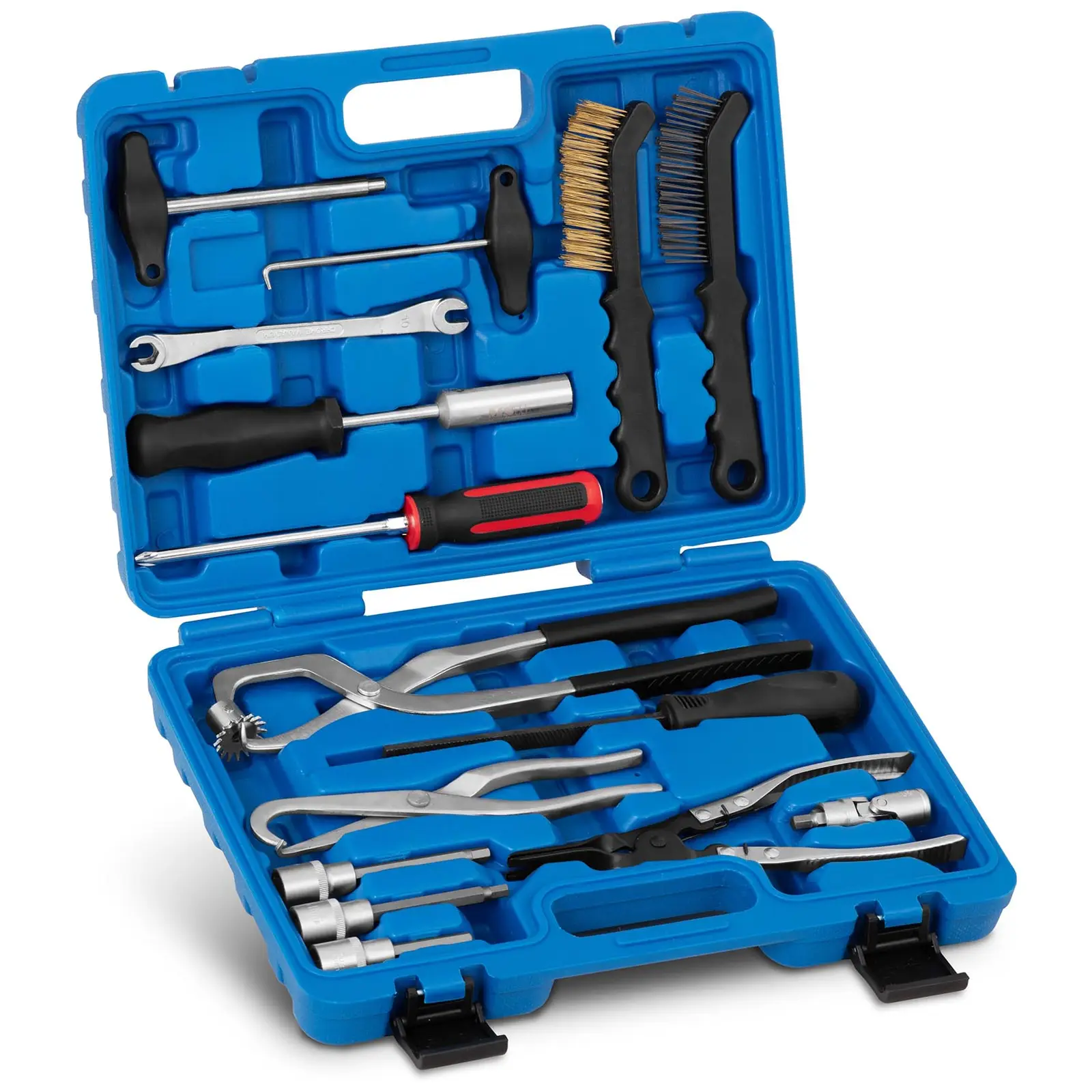
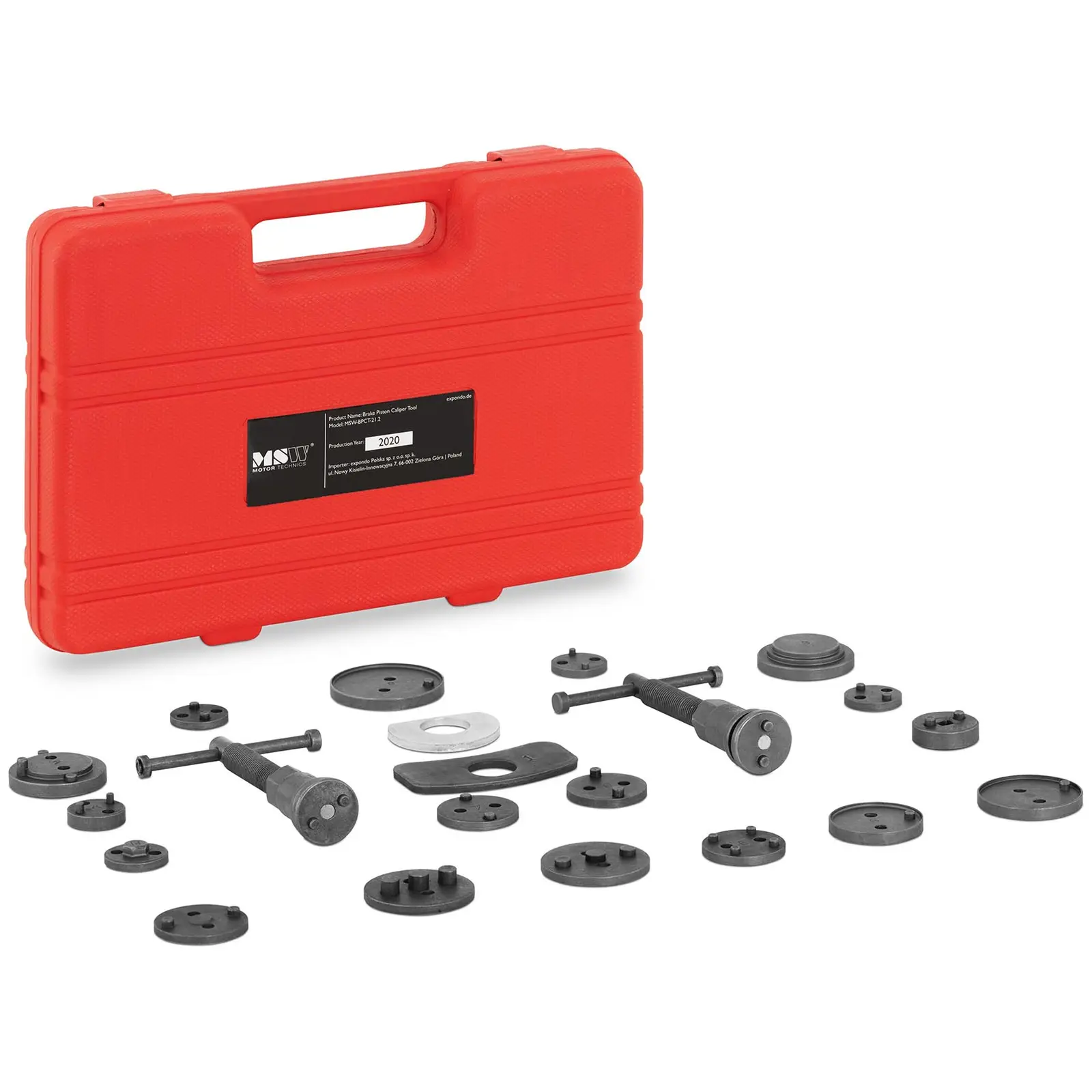
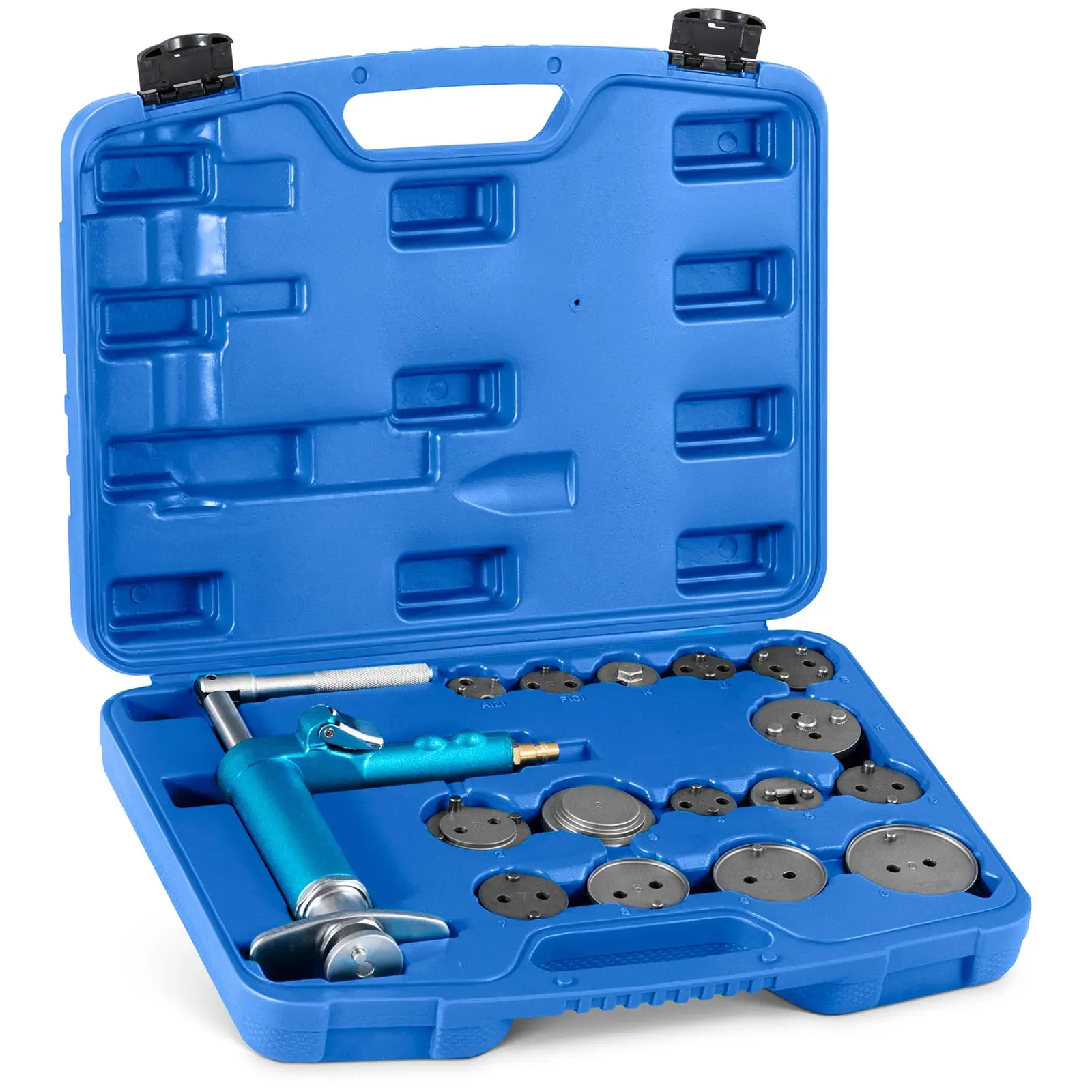
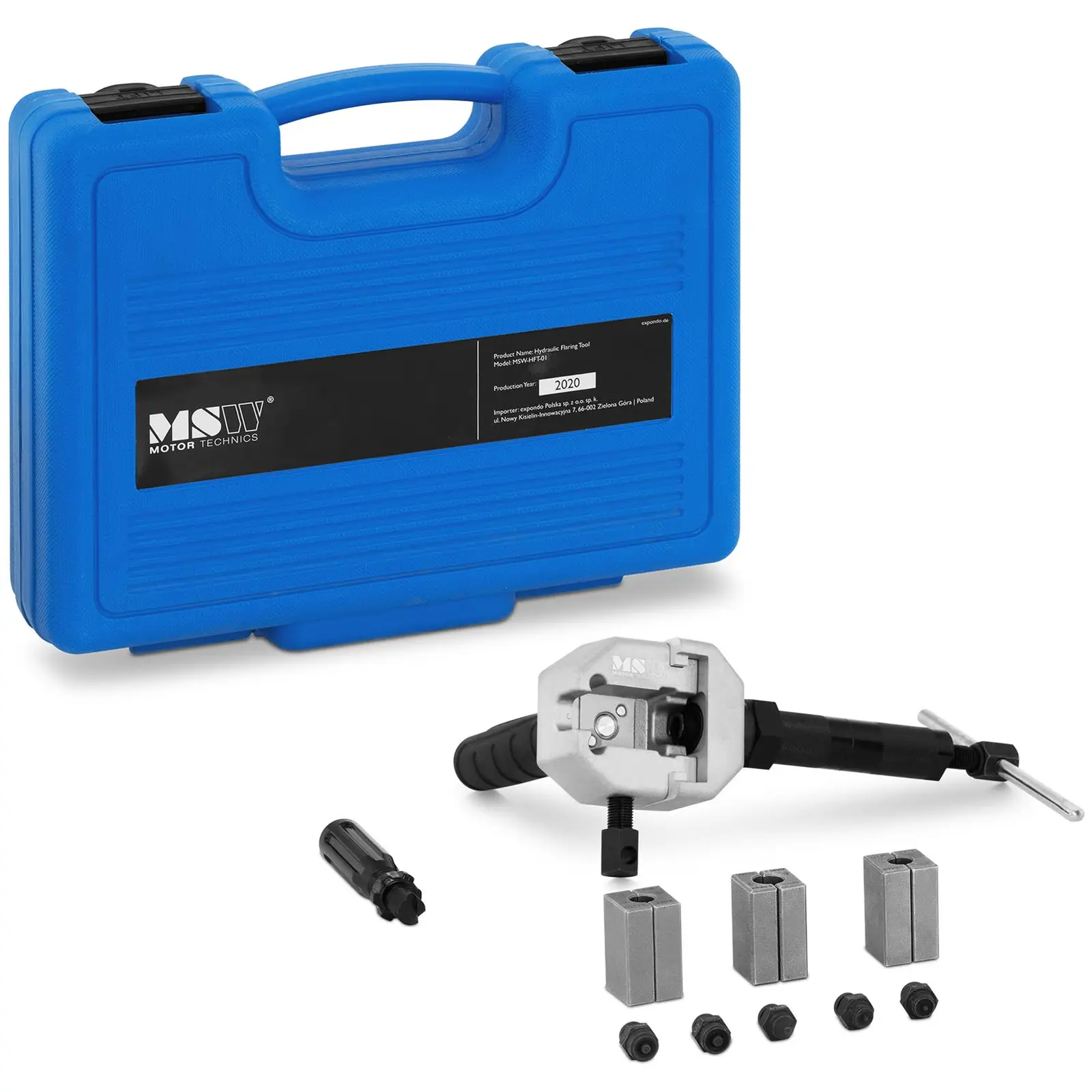
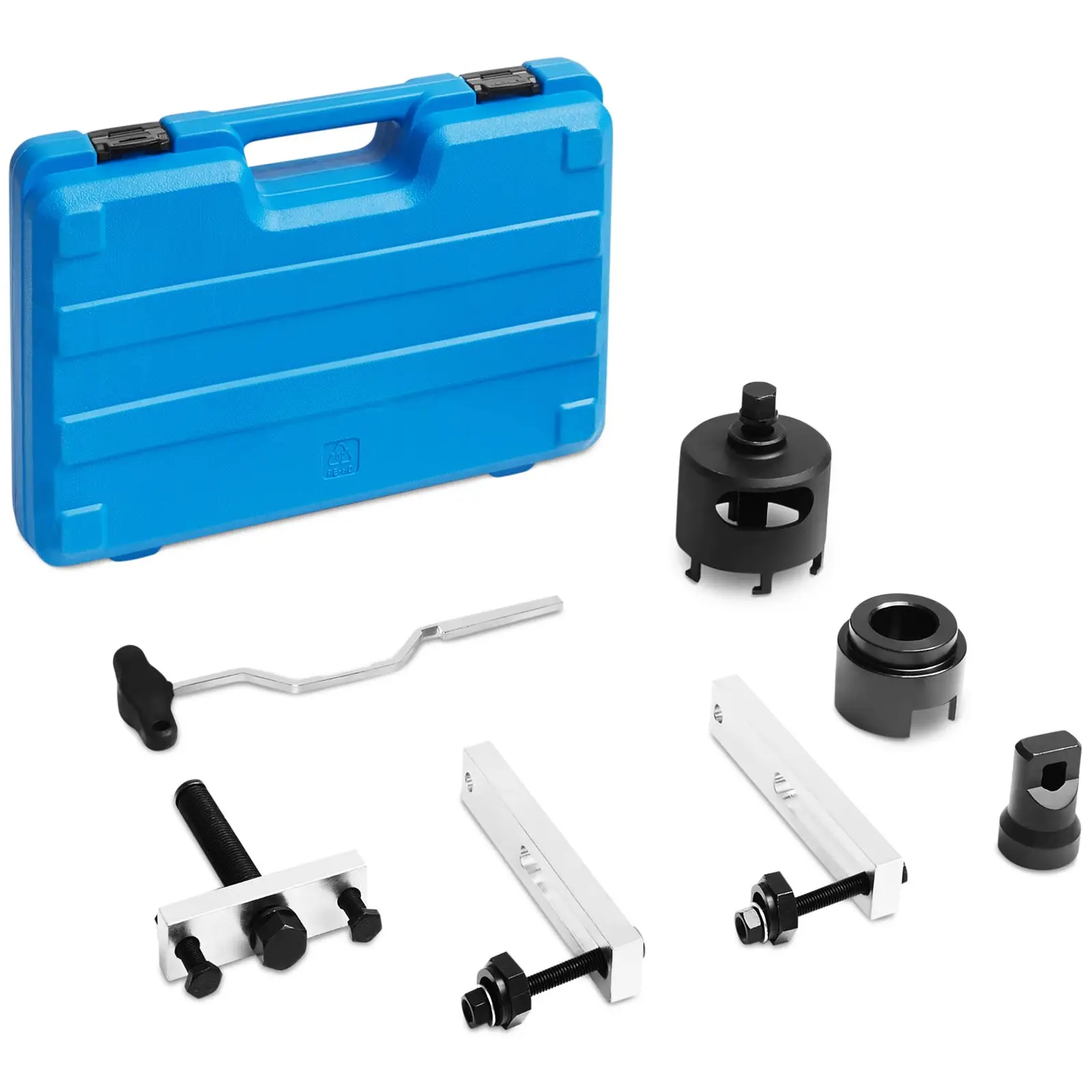
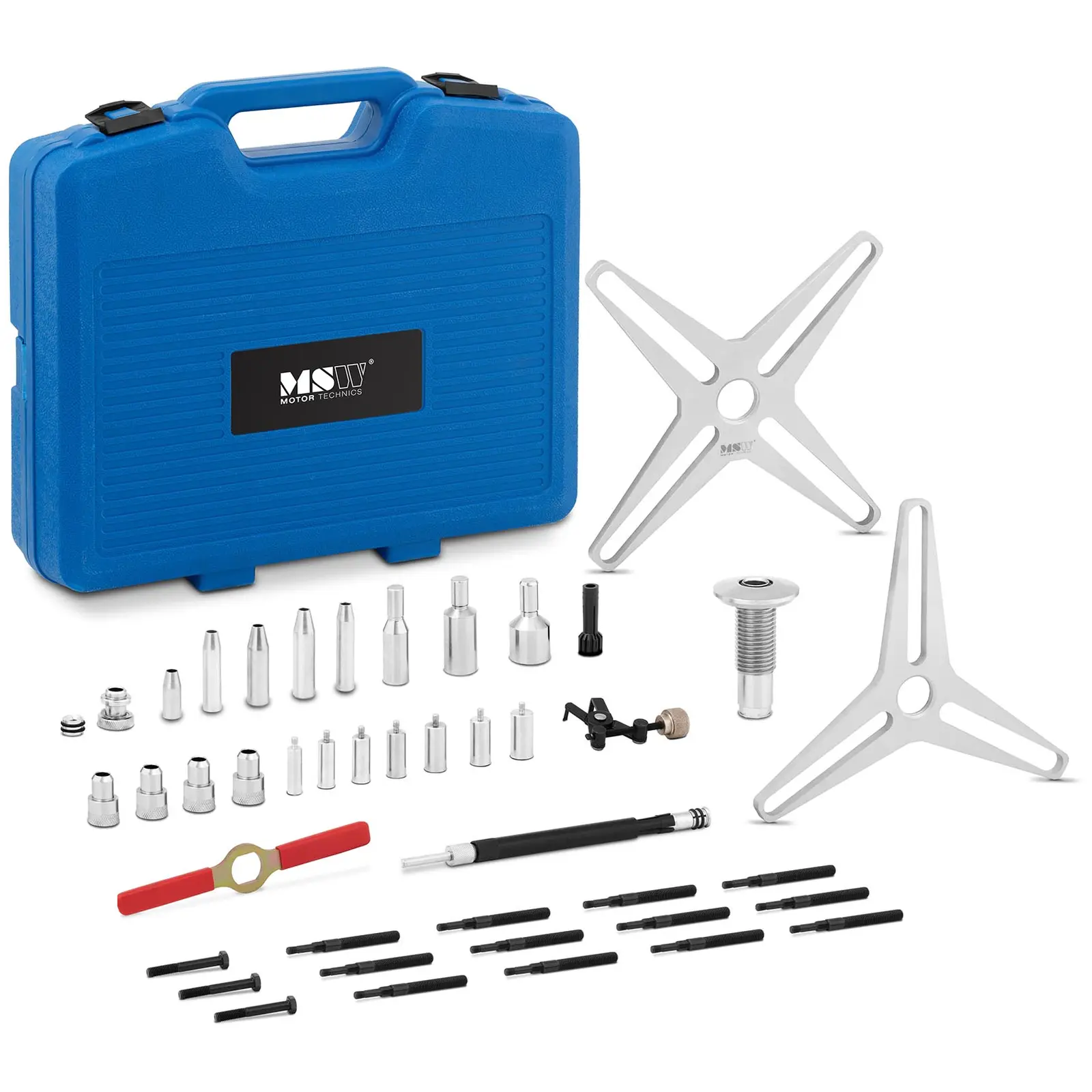
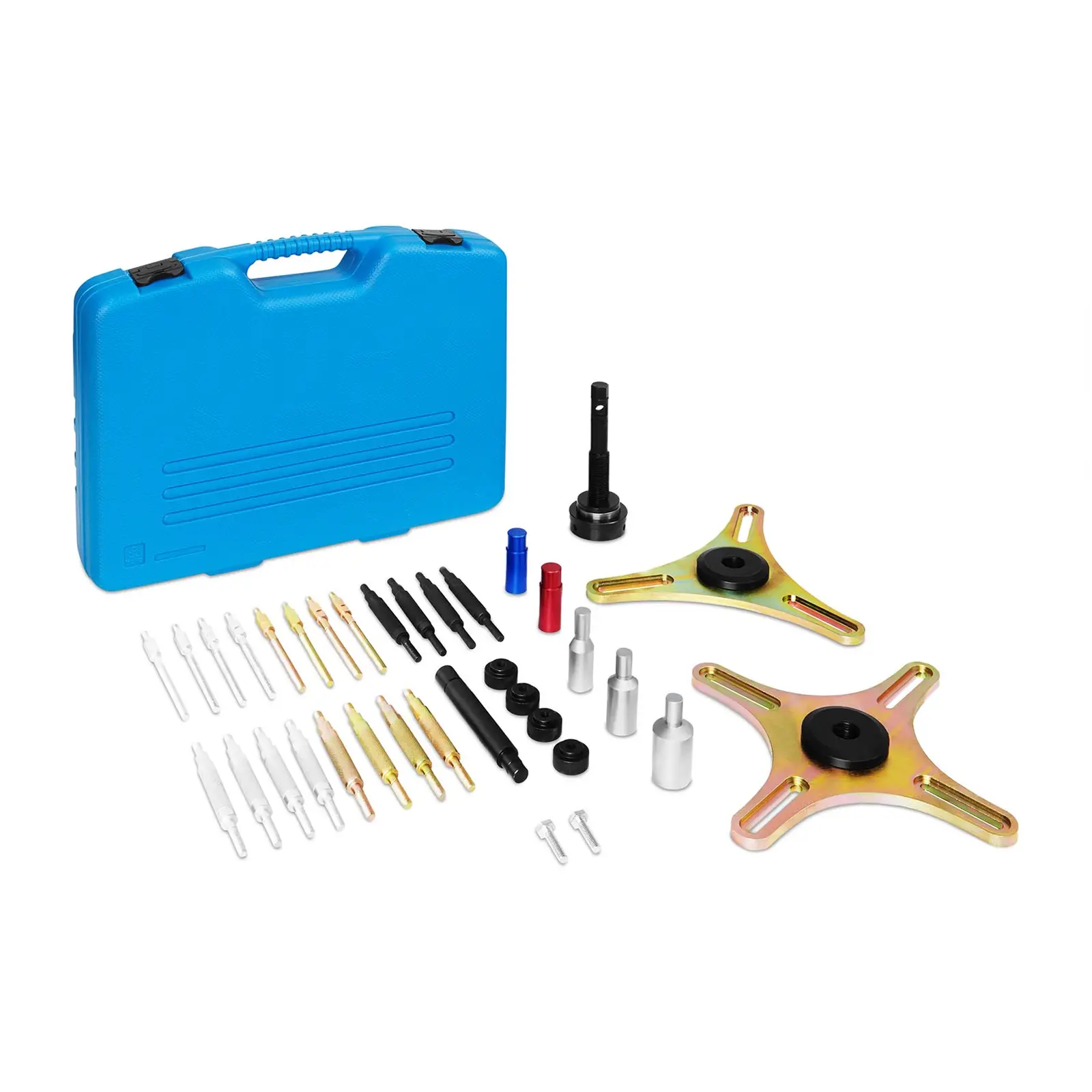
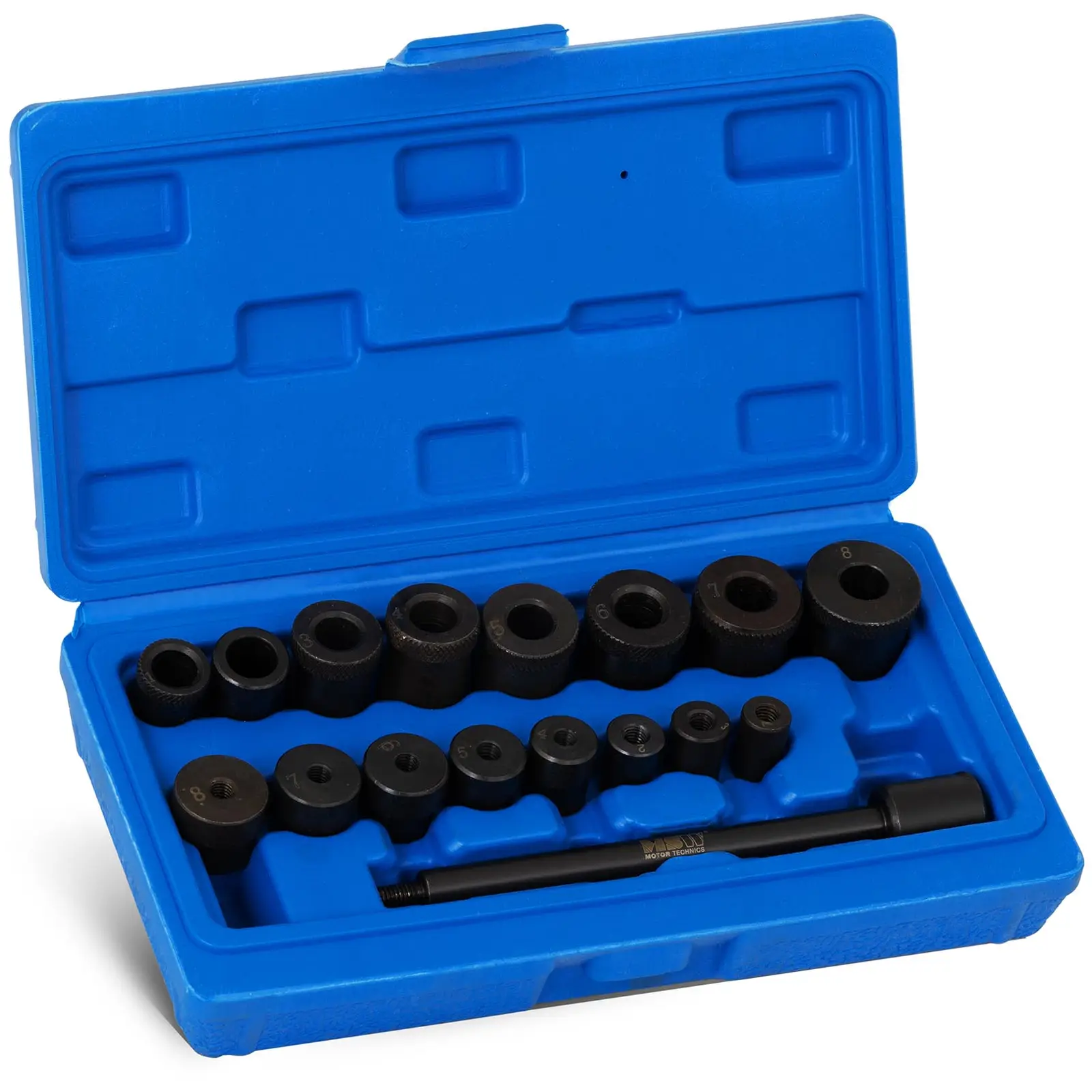

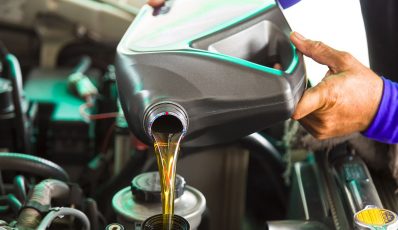
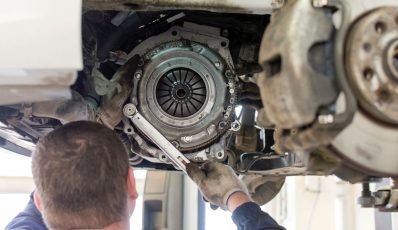



Share